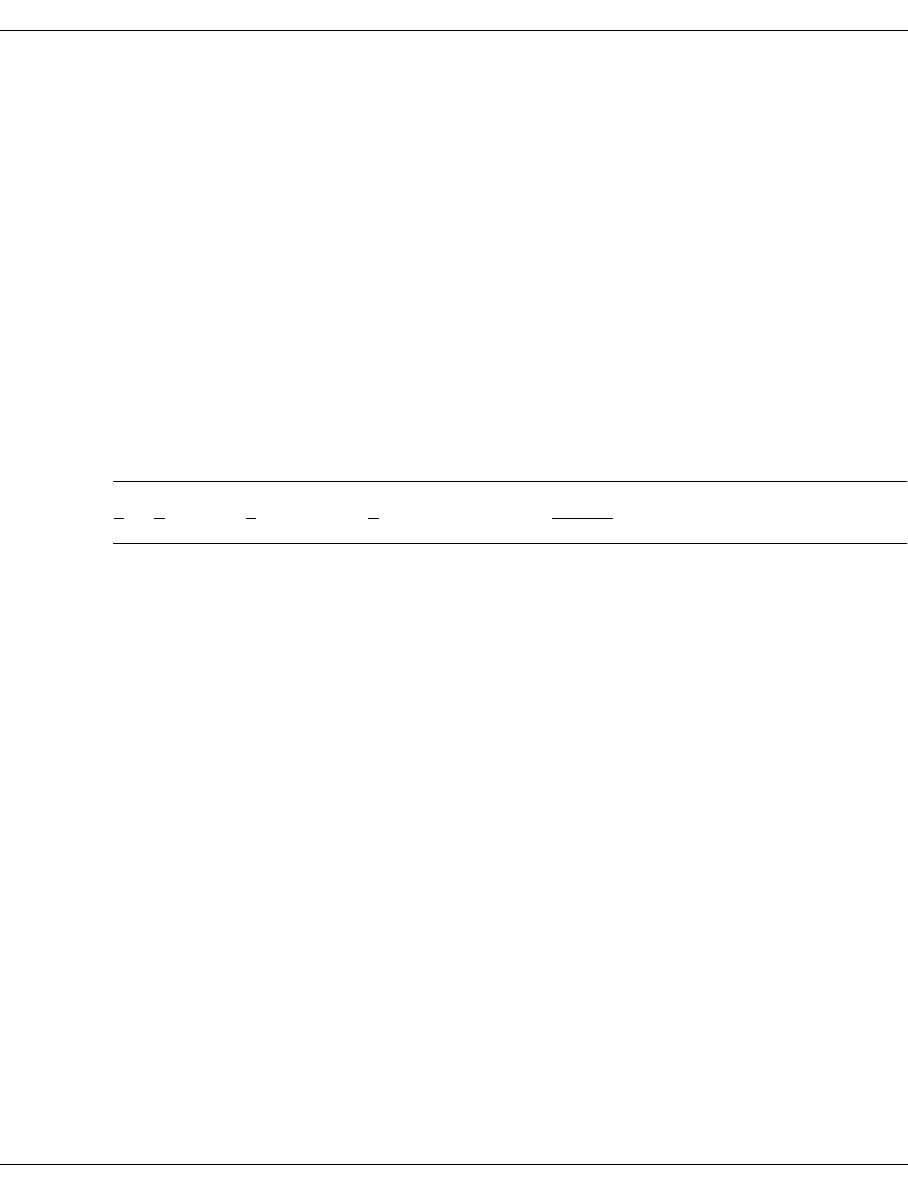
Population SSL
136 U929-J-Z125-9-76
5.2 Declaring the population
5.2.1 Specifying the number of records in one record type
The number of records included in one record type is defined in the DBTT and in the record
POPULATION clause. Using this number UDS/SQL computes:
– the storage space requirement for the DBTT,
– the hash area size for the primary key,
– the hash area sizes for secondary keys.
A record SEARCH key table is always initially set up in a single database page and can be
subsequently extended page by page as required for additional records.
Storage space requirements for the DBTT
DATABASE-KEY-TRANSLATION-TABLE IS integer [WITHIN realm-name]
For each record, there must be one line available in the DBTT of the associated record type.
integer specifies the number of expected records of the record type, and thus the number of
DBTT lines.
– If the database has a page length of 2048 bytes, you may specify a maximum value of
16 777 215 (=2
24
-1) for integer. If the record type in question is the owner in a set, the
maximum possible value for integer is 16 711 679.
– If the database has a page length of 4000 or 8096 bytes, the maximum value that can
be specified for integer is 2
31
-1.
If the record type is not “owner”, the DBTT consists of exactly one column. Otherwise, one
column is added for each reference to
– a pointer array (MODE IS POINTER-ARRAY),
– a list (MODE IS LIST),
– a sort key table (MODE IS CHAIN, ORDER IS SORTED INDEXED), or
– a set SEARCH key table.
UDS/SQL calculates the storage space requirement of the DBTT from the number of lines
and columns, and reserves the required number of pages. Since only whole pages or DBTT
extents can be reserved for a DBTT, the table can accommodate more lines than specified
by integer.


















